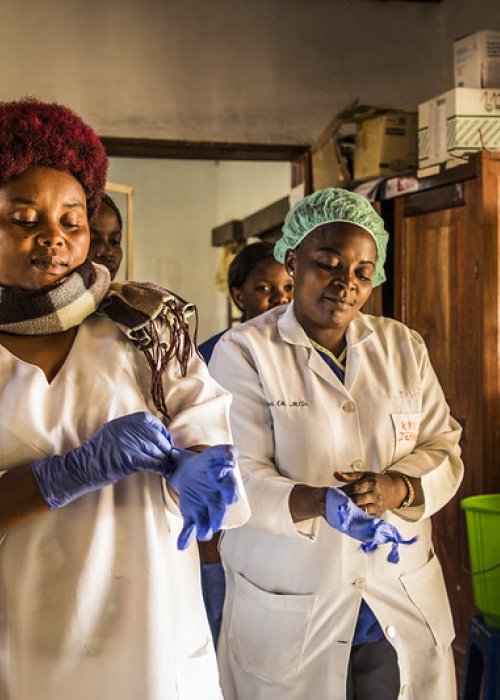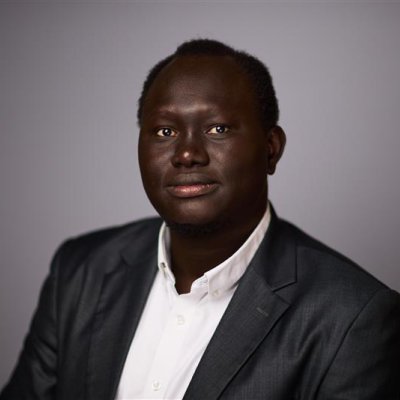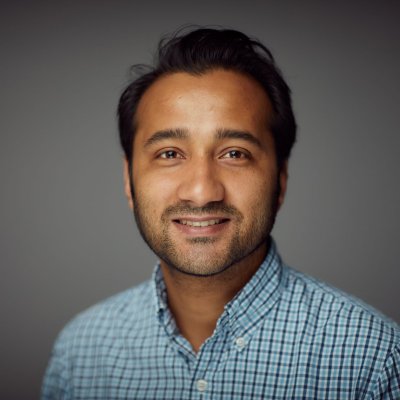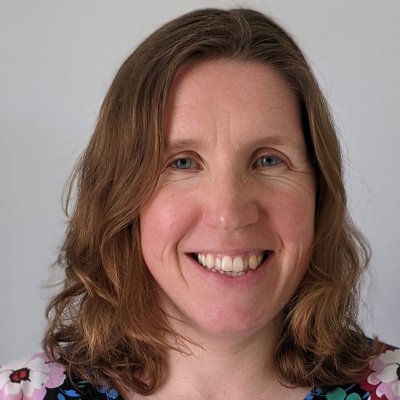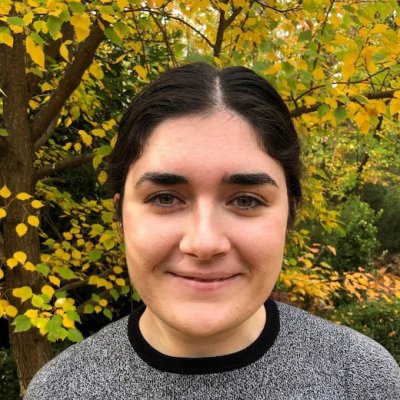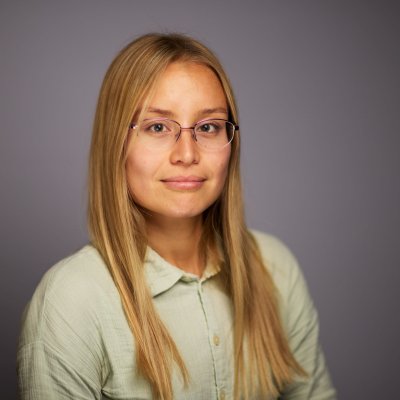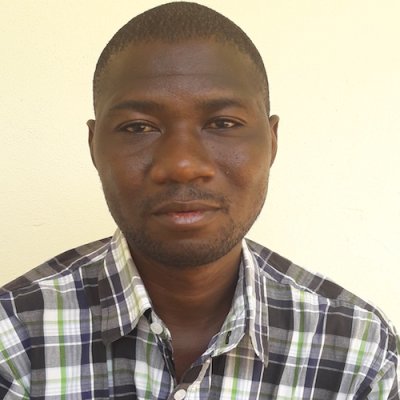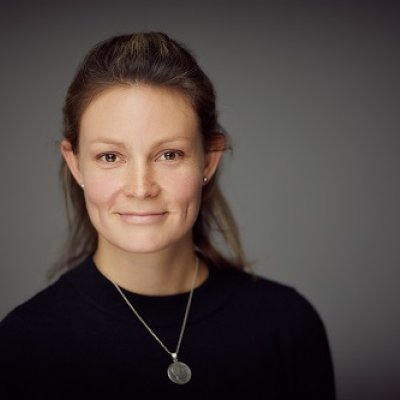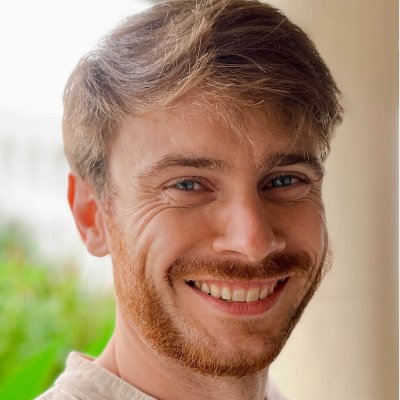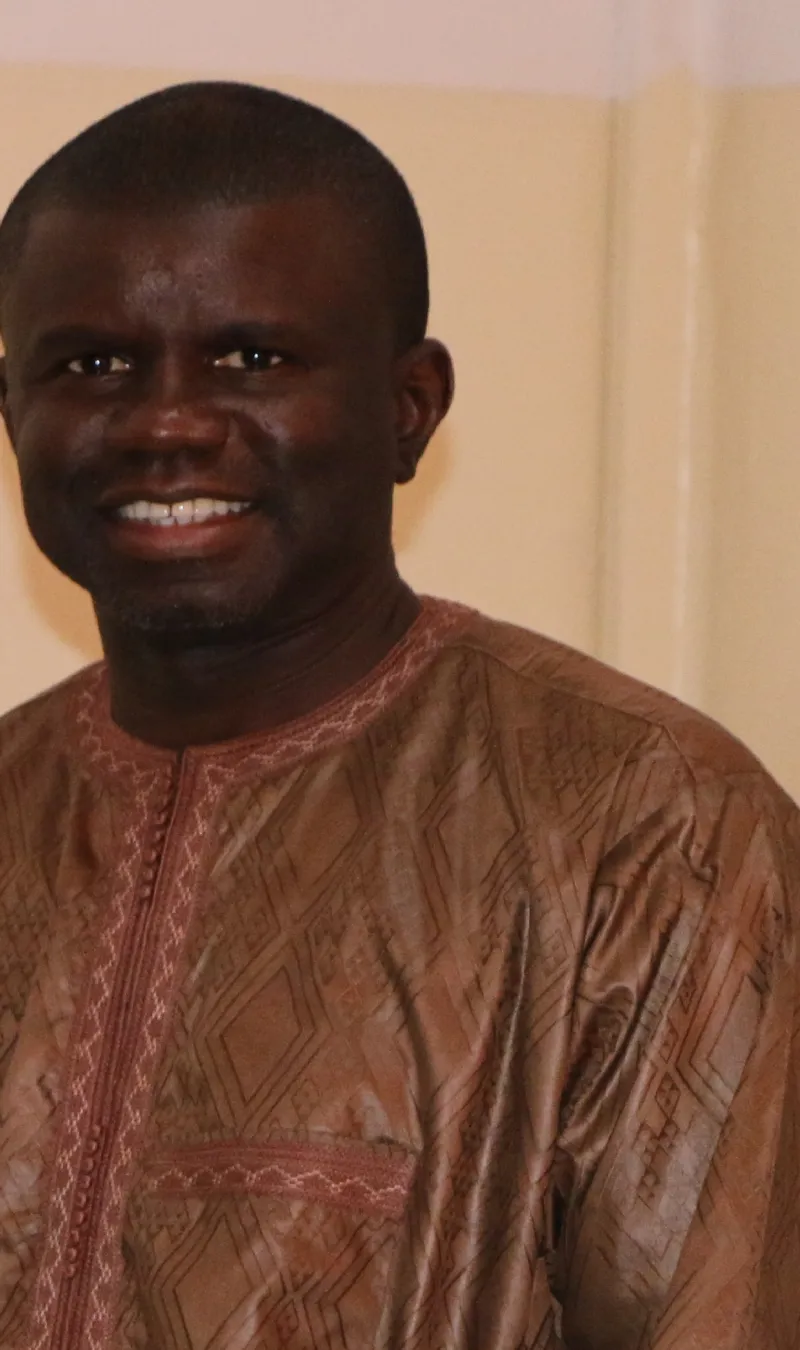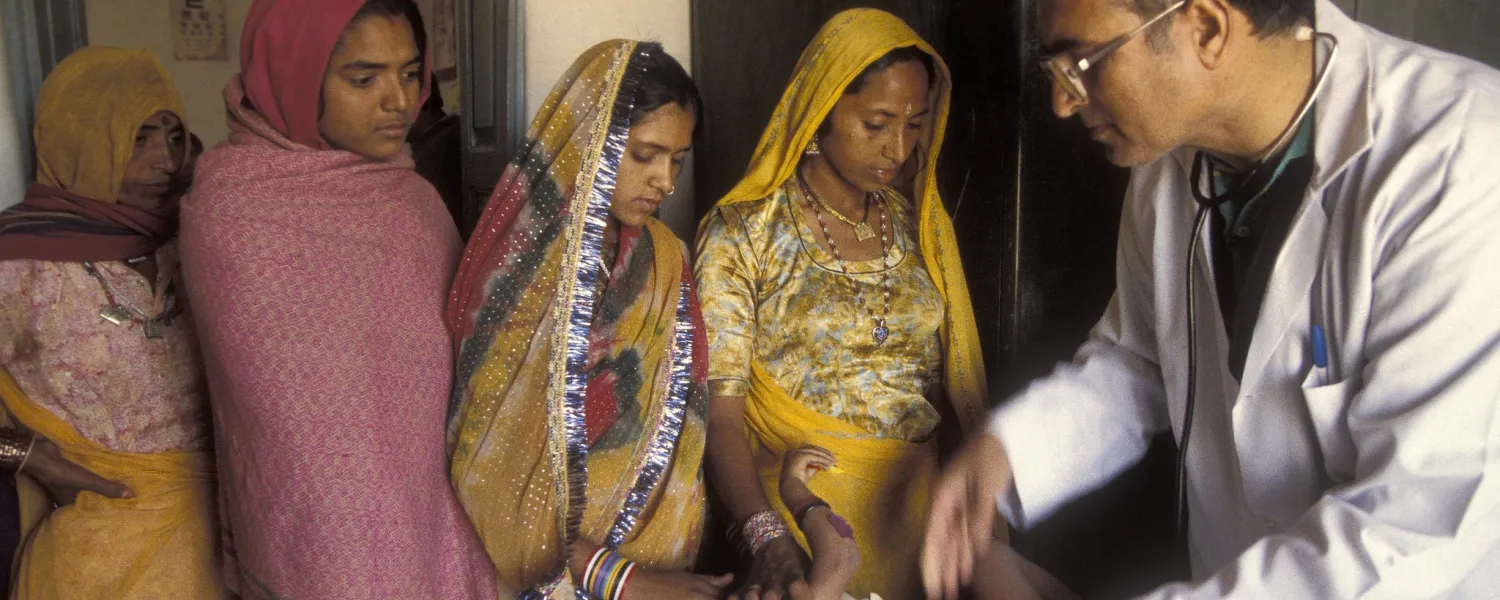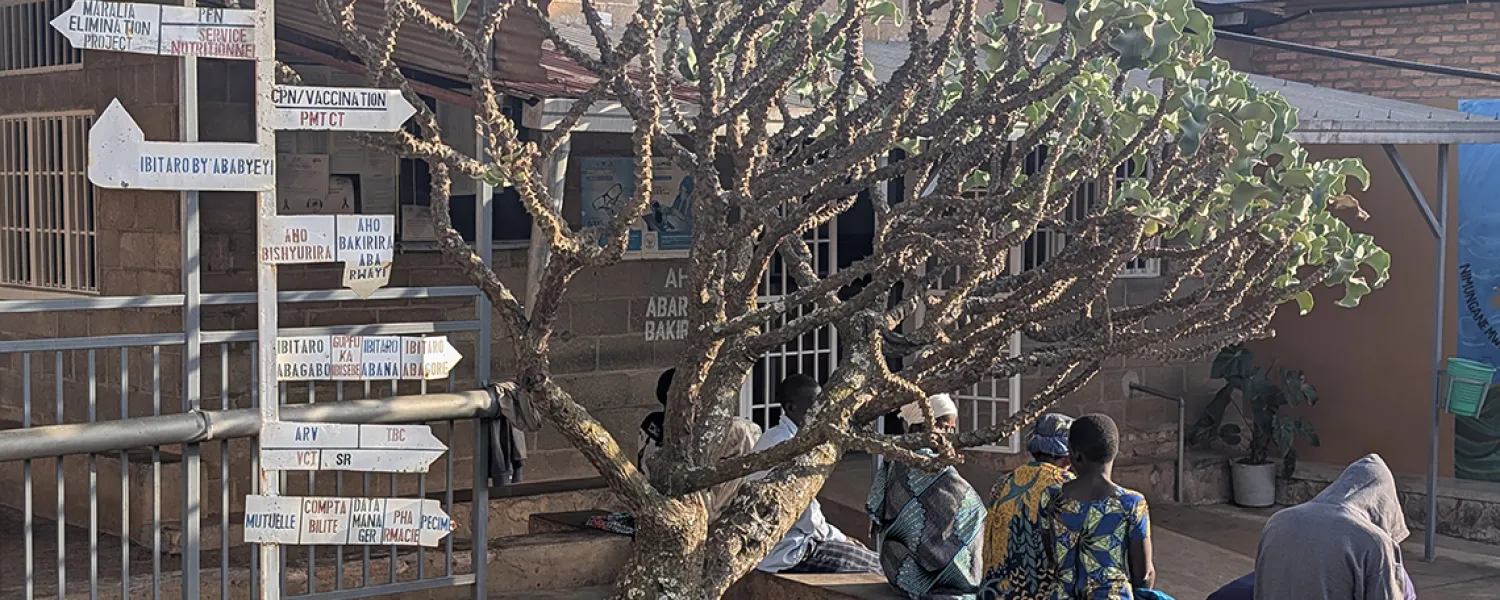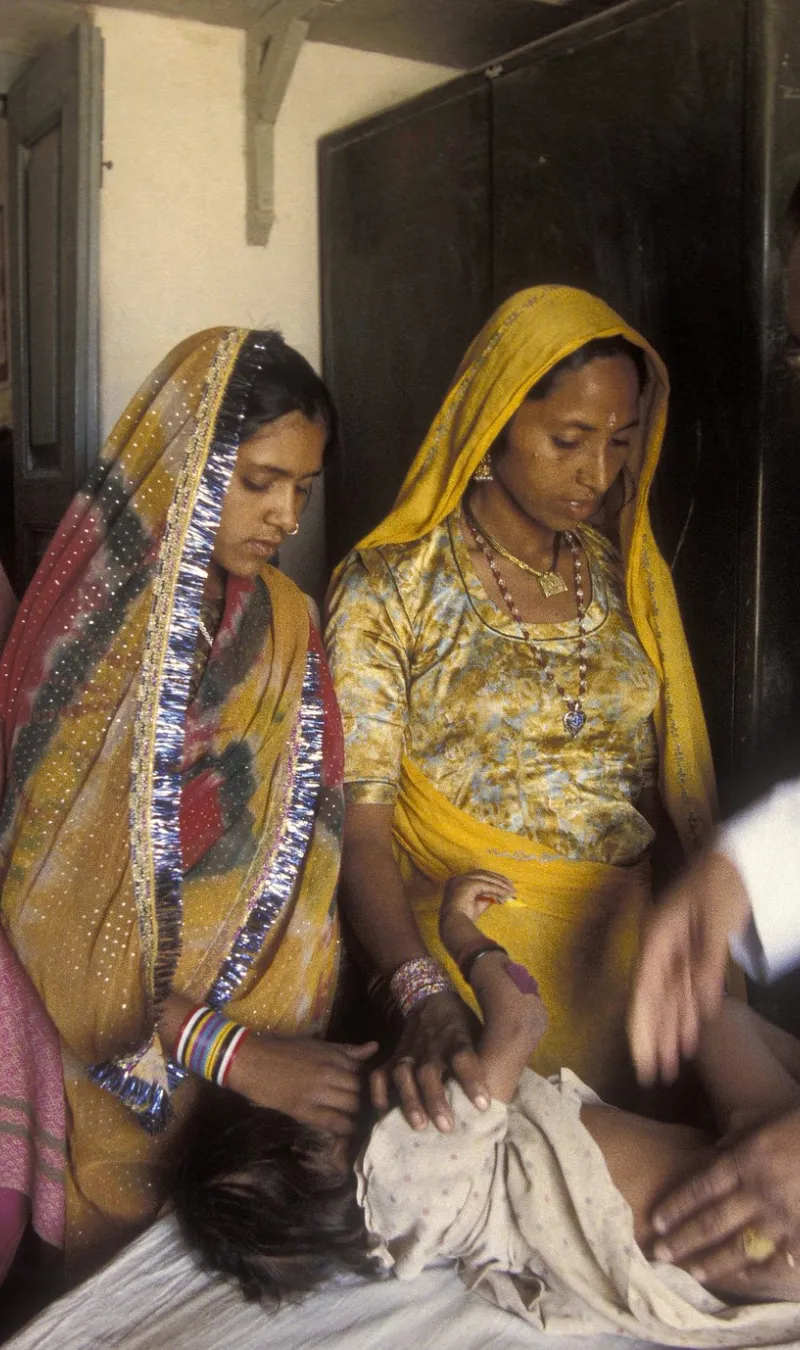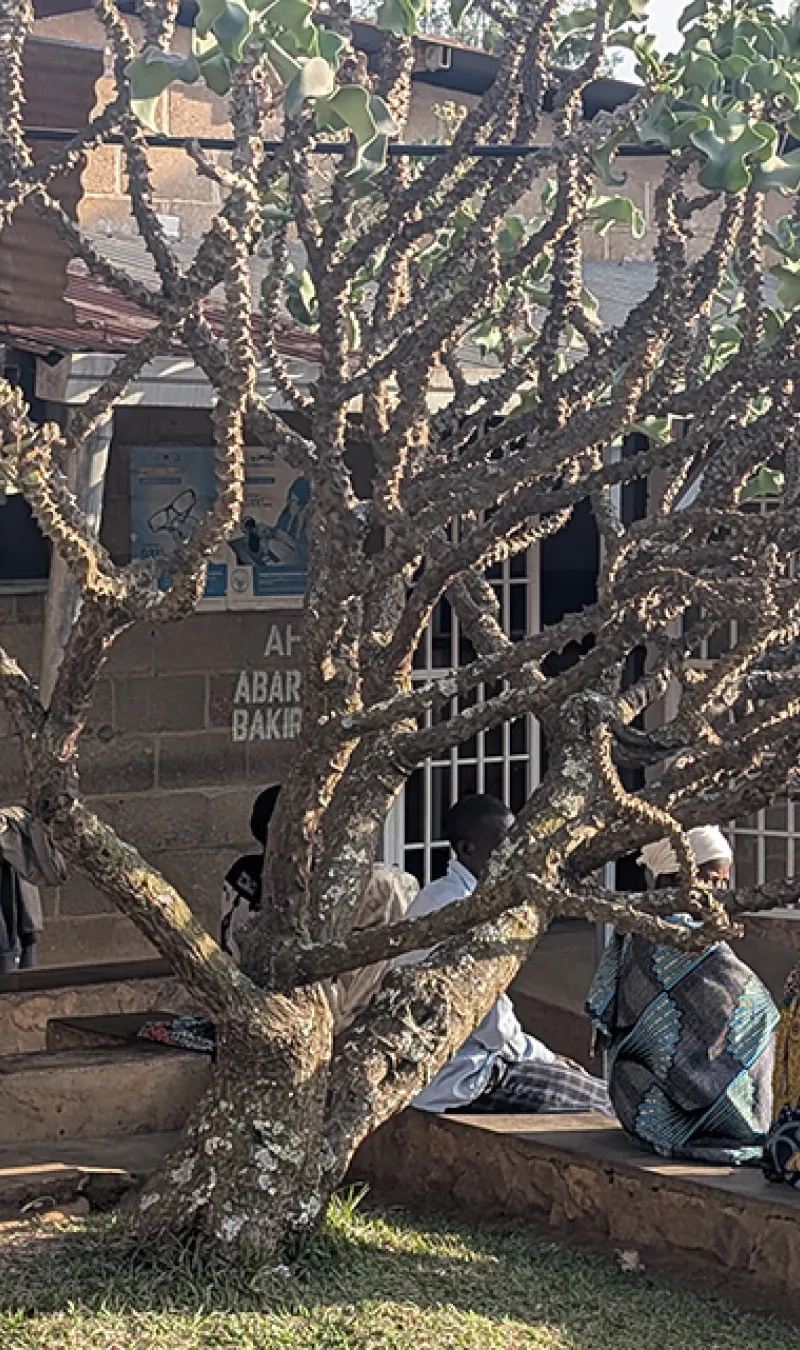
ABOUT WWARN MALARIA
Since 2009, WWARN has collaborated worldwide to track antimalarial drug resistance, offering free tools, maps, living systematic reviews, and one of the largest open-access malaria data repositories.
EXPLORE WWARN MALARIA DATA

STUDY GROUPS
WWARN facilitates collaborative Study Groups to undertake individual patient data meta-analyses to answer specific research questions about malaria treatments and antimalarial drug resistance. Working together and combining data from different regions and populations is improving our understanding of drug resistance and strengthening global efforts to control and eventually eliminate malaria.
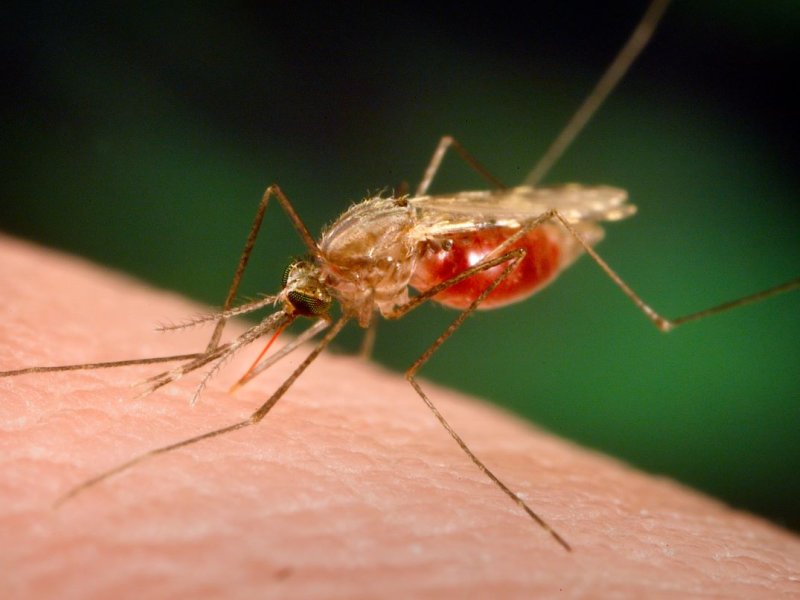
TRACKING ANTIMALARIAL RESISTANCE
Explore our tools that bring together data from hundreds of studies to monitor how antimalarial resistance is changing over time and across locations. Find maps, literature review and interactive dashboards.
WWARN MALARIA TEAM
WWARN GOVERNANCE
WWARN is governed through the IDDO Board, an expert Scientific Advisory Committee, the independent IDDO Data Access Committee, and the IDDO senior management and team leaders. Together, they provide strategic oversight, independent scientific guidance, objective decisions on data access, and day-to-day management of the platform.

COLLABORATORS
WWARN brings together over 280 partners worldwide - including researchers, clinicians, funders, NGOs and advocates - to strengthen the global response to malaria
PUBLICATIONS
Explore research papers published in scientific journals by WWARN and our research partners.



